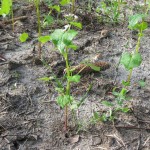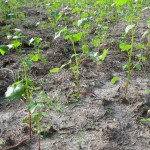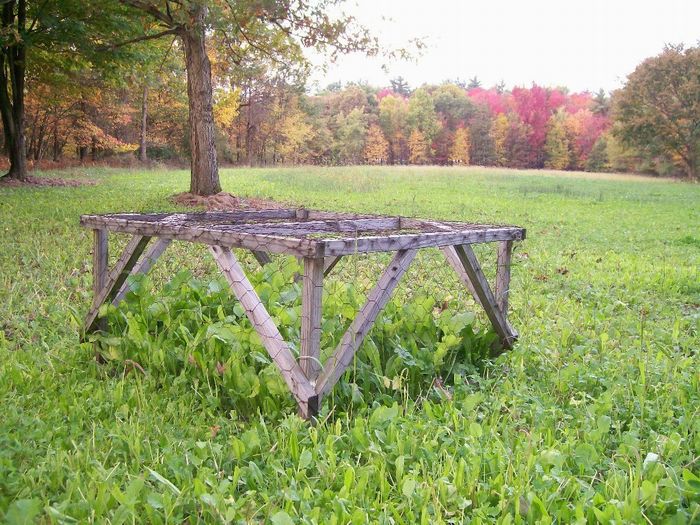There is nothing in the world that I love more than whitetail hunting. There is something about it that I really enjoy, and it’s not all about hunting season. In fact, I get just as much fun getting ready for deer season. I don’t own a huge tract of land, although I am lucky enough to have 134 acres on which I’ve been able to implement my very own whitetail deer management program. I’ve learned a lot of valuable lessons over the years about deer behavior, what deer eat, and what they need.
In the end, for those landowners and hunters that are serious about managing deer populations, we should want to create the best whitetail habitat. For this is where quality hunting opportunities are literally born. The real secret that I’ve determined when looking at properties where individuals want to improve the deer herd is finding and enhancing the most limited habitat element. It’s easy to concentrate on one single facet of habitat and provide a whole lot of one thing, but they need it all! Continue reading Whitetail Hunting Is Not Just Food Plots


